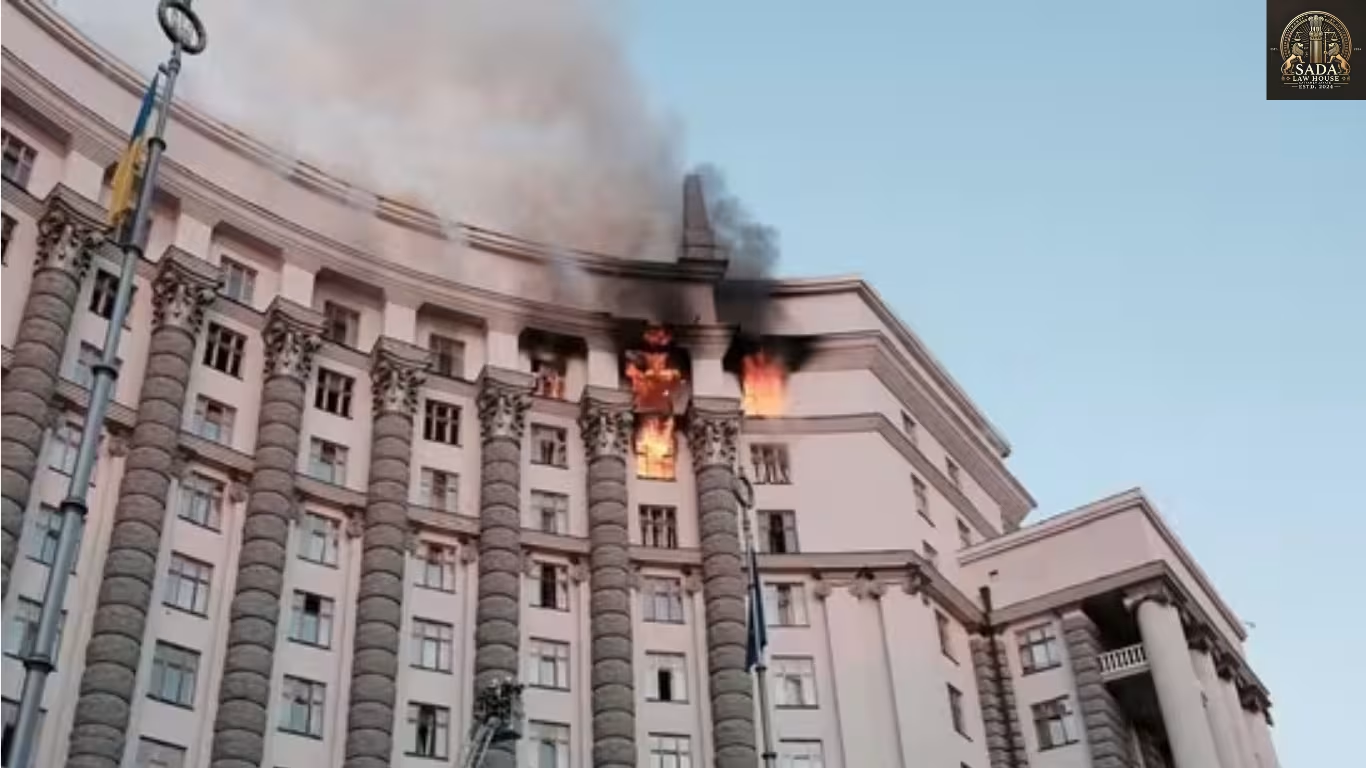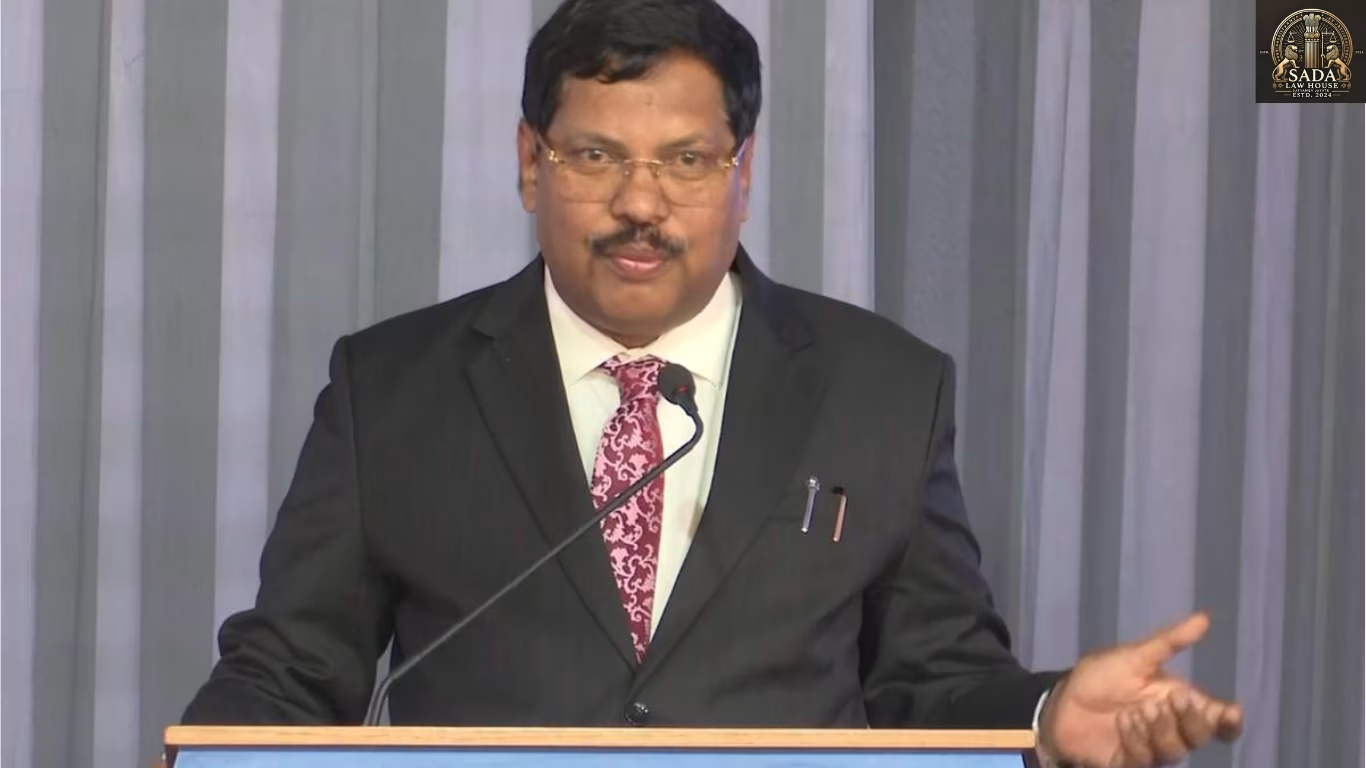Kyiv’s Central Government Building Ablaze in Historic Russian Assault
- Shristi Singh
- 10 September 2025

Introduction
On 9 September 2025, Kyiv’s central government building was set ablaze in an unprecedented Russian aerial attack, killing at least four people—including an infant—and wounding more than 20. The severity of the strike prompted President Volodymyr Zelenskiy to demand immediate strengthening of Ukraine’s air defenses, while Western allies rushed into talks over harsher sanctions.
Background
Since Russia’s full-scale invasion in February 2022, Ukraine has fortified defenses with heavy reliance on NATO and Western support. However, Russia’s escalating use of massive drone swarms marks a dangerous new phase in the conflict. With over 114% of Ukrainian GDP reliant on wartime resilience and external aid, the pressure on Kyiv’s defenses has become immense.
Key Developments
Historic Assault: Russia launched over 800 drones and 13 missiles overnight. Ukraine intercepted 751 drones, but four missiles breached defenses.
Kyiv Targeted: The central government building in Pecherskyi district was hit directly—the first such strike on a government seat since the war began.
Casualties & Damage: At least four people, including a child, were killed, with 20+ wounded. Residential blocks across Kyiv, Zaporizhzhia, Kryvyi Rih, Odesa, Sumy, and Chernihiv also suffered severe damage.
Ukrainian Counter Strikes: Kyiv retaliated by targeting Russia’s Druzhba oil pipeline in Bryansk, striking at Moscow’s economic infrastructure.
International Response: Zelenskiy demanded stronger air defenses. Former U.S. President Trump hinted at a second sanctions phase, while EU and U.S. leaders weighed fresh punitive measures.
Issues
World War-style Warfare: Russia’s unprecedented drone blitz resembles historic aerial campaigns, testing Ukraine’s civil and military resilience.
Symbolic Targeting: Striking the government building transforms the assault into a symbolic attack on governance, morale, and stability.
Escalation of Sanctions: The brutality of the strike increases pressure on Western allies to impose harsher economic and possibly military measures.
International Coordination: NATO and EU responses are at a tipping point—further hesitation could endanger Ukraine’s survival.
Current Status
As of 9 September 2025, emergency crews continue rescue efforts in Kyiv while air defense systems brace for renewed waves of drones. EU foreign ministers convened an urgent session in Brussels, and the Pentagon confirmed discussions about accelerating Patriot missile deliveries.
Conclusion
Russia’s largest-ever aerial onslaught signals both a military and symbolic escalation. Ukraine’s endurance now rests on swift reinforcement from Western partners—in air defense systems, sanctions, and sustained diplomatic resolve.






